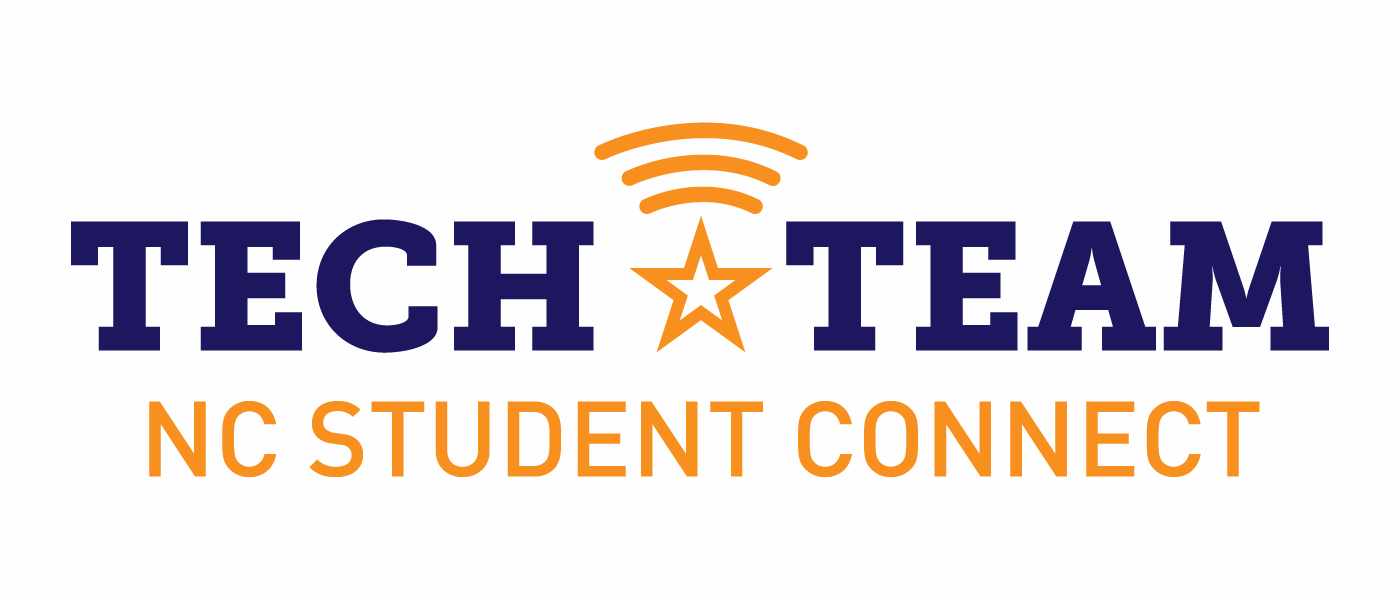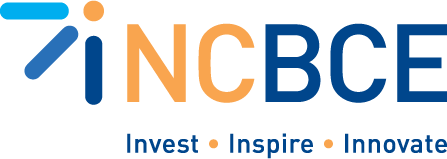The installation phase identifies how to design various components of a help desk. Once the general structure, staffing, and courses are identified, schools and districts will want to design a timeline, activities, milestones, and methods for implementing and evaluating the impact of the Tech Team program.
Sample Implementation Goals, Objectives, and Measures of Success
As described in Installation, schools and districts will want to begin by identifying the major program goals. From goals they can identify specific objectives and a corresponding timeline and milestones for measuring success. Here are some key terms for strategic planning and a sample implementation framework that schools or districts can use to design and refine their own implementation.
Goal: Draft goals using a broad and inspiring statement of what your student help desk hopes to achieve in your school/district.
Objective(s): An objective is a measurable step that needs to occur on the path to achieving a goal. There are typically multiple objectives for long term goals.
Timeline and Milestones: Outcomes that will occur at specific points in the implementation.
Strategy: Strategies should answer the question, “How do we accomplish our objectives?” Strategies define a general approach or method, whereas tactics describe specific activities.
Stakeholders: Stakeholders are members of your organization and/or community that have a vested interest in the goal. Understanding what the organization needs from each stakeholder group (e.g., students, teachers, parents, etc.) and what each group needs from the organization help prioritize goals and the strategy to realize them.
Build your own Implementation Plan!
Get the Implementation Plan Template

Sample Implementation Timeline and Evaluation Plan – 2021-2023
Goal Example:
Meet technology support needs of our school by building a talented student tech team.
Objective 1 Example:
Increase tech support/device ratio from 5/1000 to 30/1000 by fall semester of 2023.
Timeline and Milestones:
- Fall 2021 – recruit 20 students for the first Tech Team Cohort 1- retain a minimum of 15 students for Spring 2022
- Spring 2022 – Recruit 20 more students for Cohort 2 – retain minimum of 15 for Fall 2022
- Fall 2022 – Recruit 20 students for Cohort 3 – retain minimum of 15 for Spring 2023
- Spring 2023 – Recruit 15 students for Cohort 4. All cohorts equal a minimum of 40 students accounting for graduation and attrition. 30 highly qualified students retained.
Stakeholders:
Staff and Students who need technical support; Student Tech Team members; Coordinating Teacher; Technology Services Staff
Strategy:
Implement marketing and recruitment campaigns leveraging the existing Student Tech club and E-Sports club to promote help desk to students. Communicate successful help desk graduates testimonials. Form committee in Cohort 1 to implement TedTalk in Spring 2023 to promote student recruitment.
Goal Example:
Provide Opportunities for Students to Earn Credentials that Translate to Careers
Objective 1 Example:
Achieve minimum of 80% pass rate for students taking CompTIA for A+ and HDI-CSR certifications by Spring 2023.
Timeline and Milestones:
- Fall 2021 – Cohort 1 participates in CompTIA course and earns CompTIA Fundamentals ITF+ certification
- Spring 2022 -Cohort 1 completes Computer Engineering Technology 1 course and A+ 1001 certification, Cohort 2 completes CompTIA course
- Spring 2023 – Cohort 1 completes Computer Engineering Technology 2 course and A+ 1002 certification and HDI-CSR Certification (cumulative over three semesters), Cohort 2 completes Computer Engineering Technology 1 course and A+ 1001 certification
Stakeholders:
Student Tech Team members; Coordinating Teacher
Strategy:
Coordinating teacher integrates unit designs and course implement into lesson plans for Cohort 1. Gain CompTIA certification and HDI-CSR certification in preparation. Obtain study materials and integrate ongoing assessments to ensure students are on course to pass.
